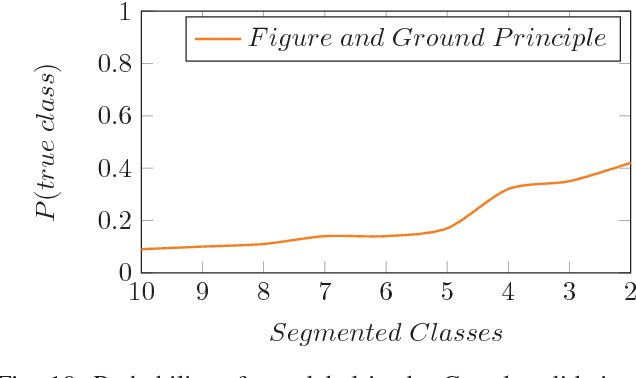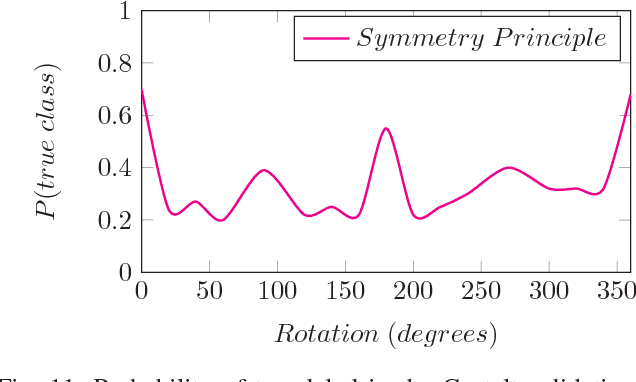Vasileios Kaburlasos
Understanding Deep Convolutional Networks through Gestalt Theory
Oct 19, 2018



Abstract:The superior performance of deep convolutional networks over high-dimensional problems have made them very popular for several applications. Despite their wide adoption, their underlying mechanisms still remain unclear with their improvement procedures still relying mainly on a trial and error process. We introduce a novel sensitivity analysis based on the Gestalt theory for giving insights into the classifier function and intermediate layers. Since Gestalt psychology stipulates that perception can be a product of complex interactions among several elements, we perform an ablation study based on this concept to discover which principles and image context significantly contribute in the network classification. Our results reveal that ConvNets follow most of the visual cortical perceptual mechanisms defined by the Gestalt principles at several levels. The proposed framework stimulates specific feature maps in classification problems and reveal important network attributes that can produce more explainable network models.
 Add to Chrome
Add to Chrome Add to Firefox
Add to Firefox Add to Edge
Add to Edge